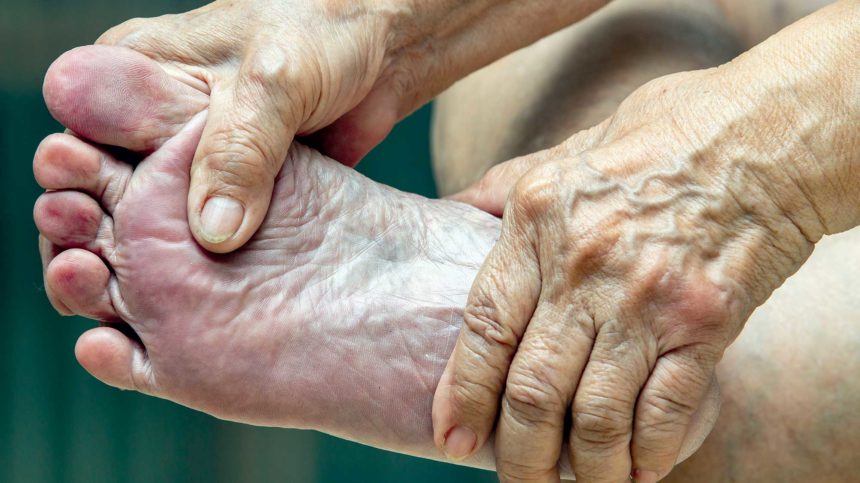
A deep dive into the COVID-19 pandemic’s effect on care at outpatient wound clinics has revealed fewer patients seen but consistent chronic wounds outcomes, according to an article published in the November issue of JAMDA.
The operator, Healogics Inc, of Jacksonville, FL, has treatment privileges for outpatient care with more than 300 skilled nursing facilities across the United States. Investigators examined electronic medical records for more than 152,000 chronic wounds from its 488 total clinics.
With the extreme disruptions experienced during the pandemic, such as overburdened care providers, limited in-person visit times and reduced transportation options, they expected to find that wound outcomes were adversely affected.
The number of new chronic wounds seen did indeed decline. Case volume fell by as much as 40% in April 2020, especially in states that had stricter lockdowns, such as California and New York. (The study was not designed to establish a cause for these findings, the researchers noted.) Case rates returned to pre-pandemic levels by June, they reported.
In contrast, 12-week wound healing rates remained unchanged in most states when comparing the first two quarters of 2019 and 2020. What’s more, measures of care continuity remained consistent.
Telehealth visits are not typical in the hands-on wound care model, but the percentage of wounds tied to one or more telehealth visits did rise slightly from 0.14% in 2019 to 1.04% in 2020.
The results suggest that the wound care clinics were able to maintain standards of care and outcomes despite pandemic disruptions, the researchers concluded. But further research should evaluate outcomes in patients with unattended chronic wounds, they added.
More than 8 million Medicare beneficiaries suffered from chronic wounds in 2014, according to the researchers. These wounds are mainly caused by diabetes, peripheral vascular disease, immobilization, and elevated venous pressure. More than 50% of diabetic wounds lead to infection, with the worst-case outcome being amputation of the affected limb.
The study was supported by a contract from Healogics Inc. to the University of Southern California. Two of the researchers serve as consultants to the company.




